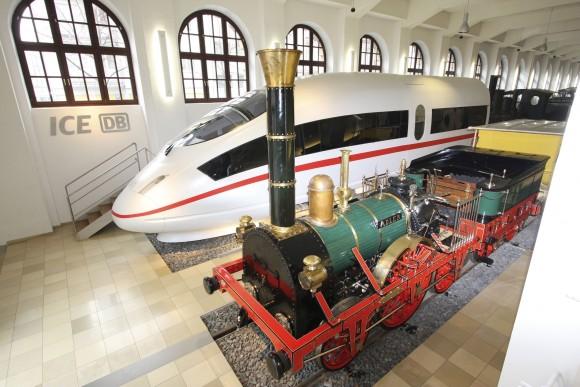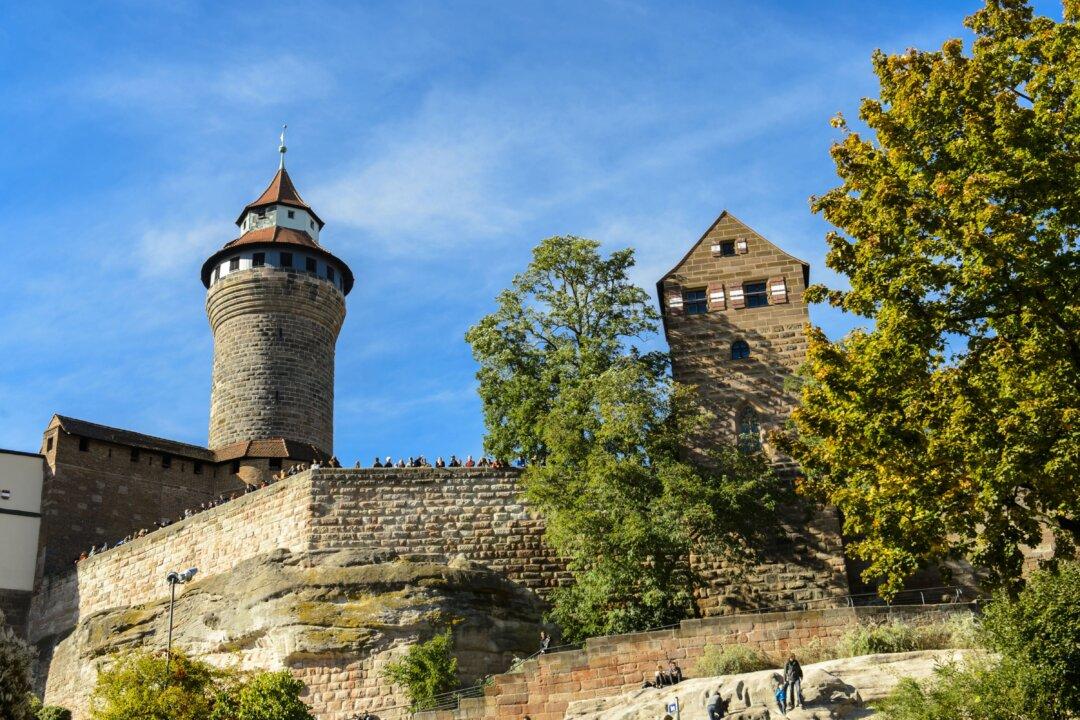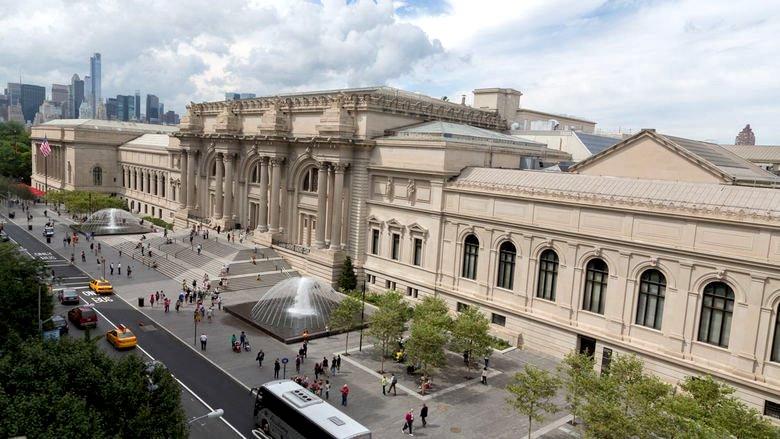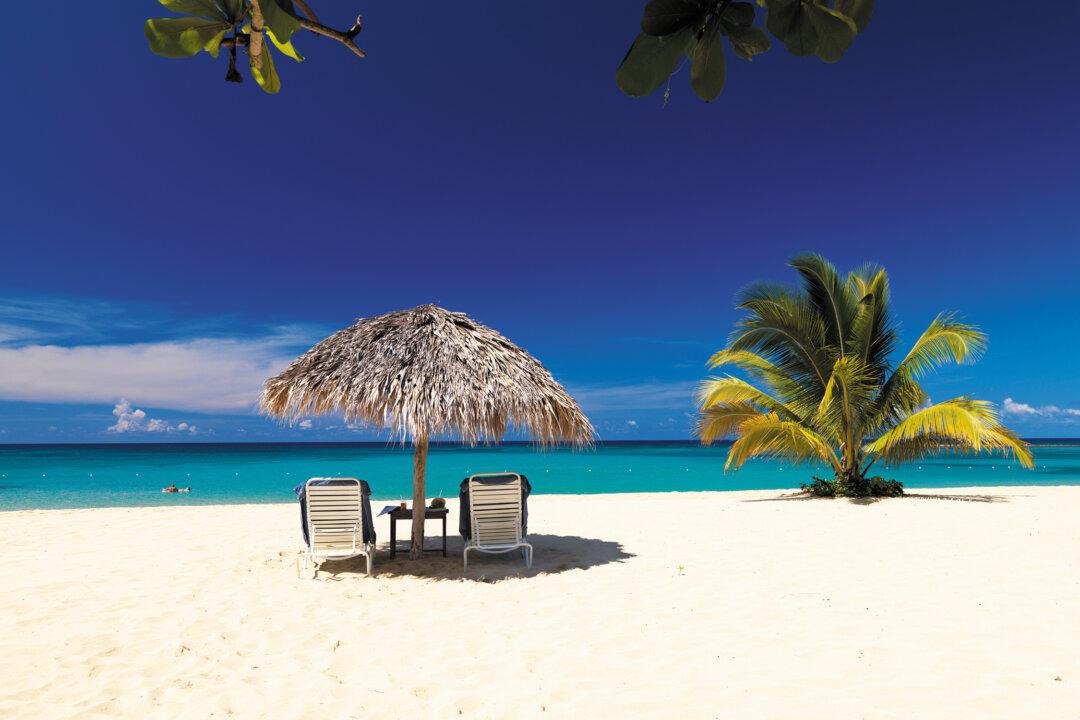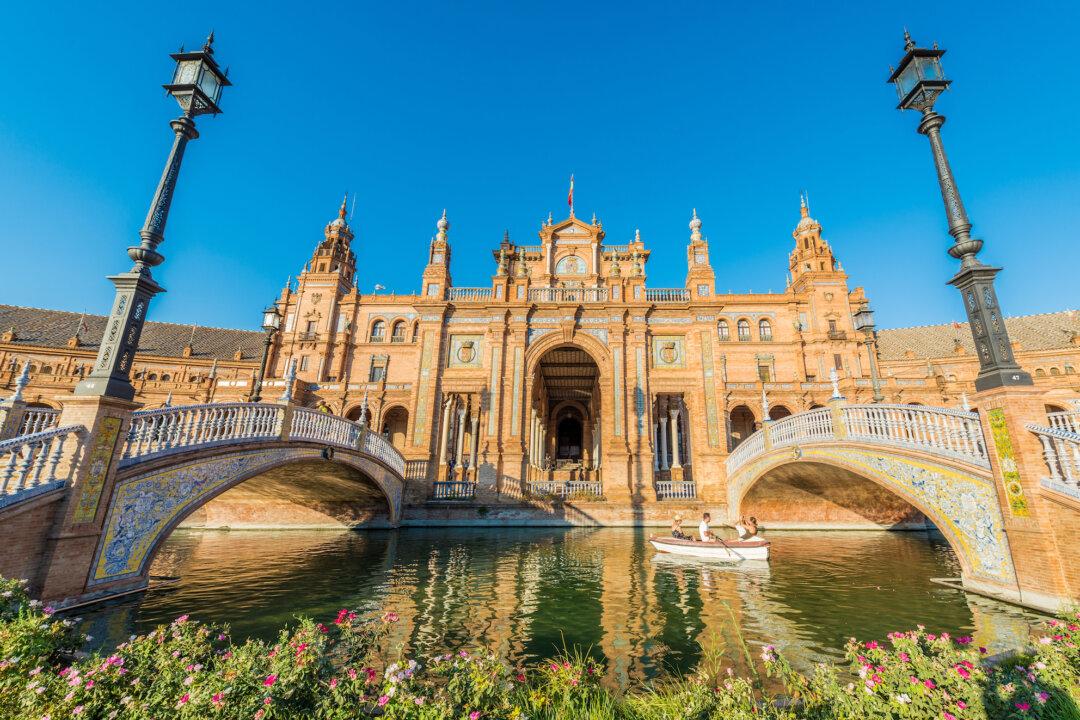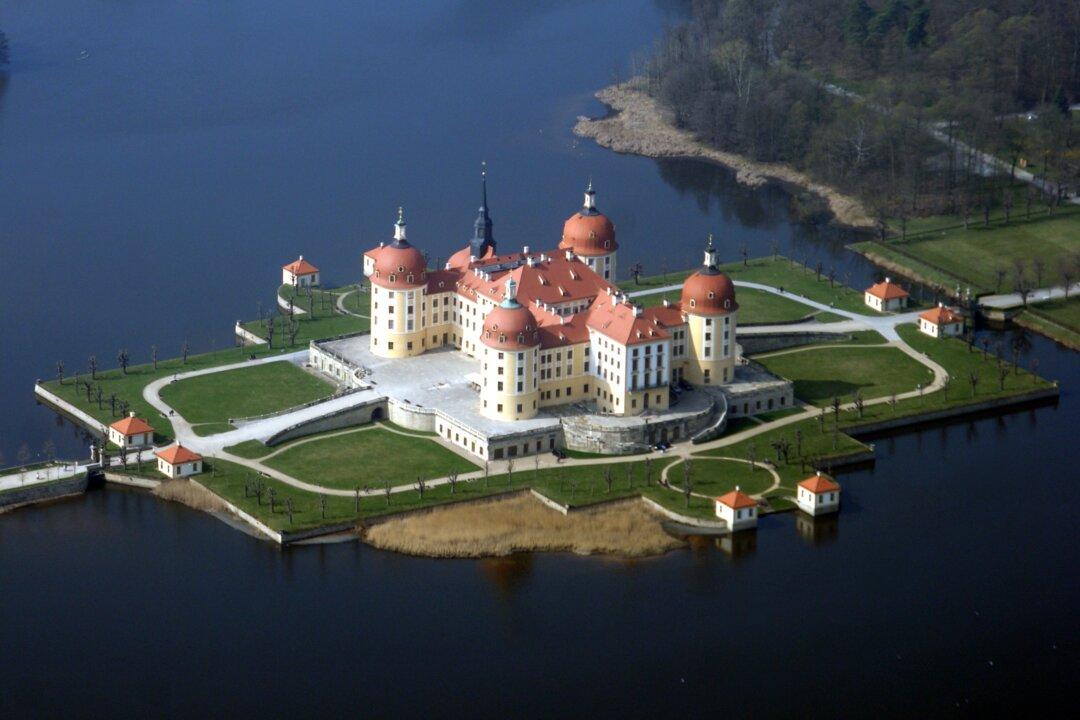Historians may argue that Berlin is the only city in Germany that gives a powerful impression of the highs and lows of the country’s history, but Nuremberg also offers historical discoveries that go far beyond the Nazi propaganda rallies that took place there from 1923-1938.
Located in the state of Bavaria, Nuremberg is distinguished by its medieval Old Town (Alstadt); Kaiserburg Castle, the city’s most famous landmark; the bustling Hauptmarkt (central square) home many annual fairs and festivals; and Frauenkirche, a stunning 14th-century Gothic church.
During a recent trip to Nuremberg sponsored by the German tourist board, it became immediately clear that the city is proud of its Bavarian characteristics, cliché as they are. These include gingerbread, dumplings, beer and breweries, sausages, and the national costume: lederhosen for men, and for women an embroidered dress called a dirndl. But did anyone realize that there are over 40 museums in this city, including the German Railway Museum and the Nuremberg Toy Museum?
